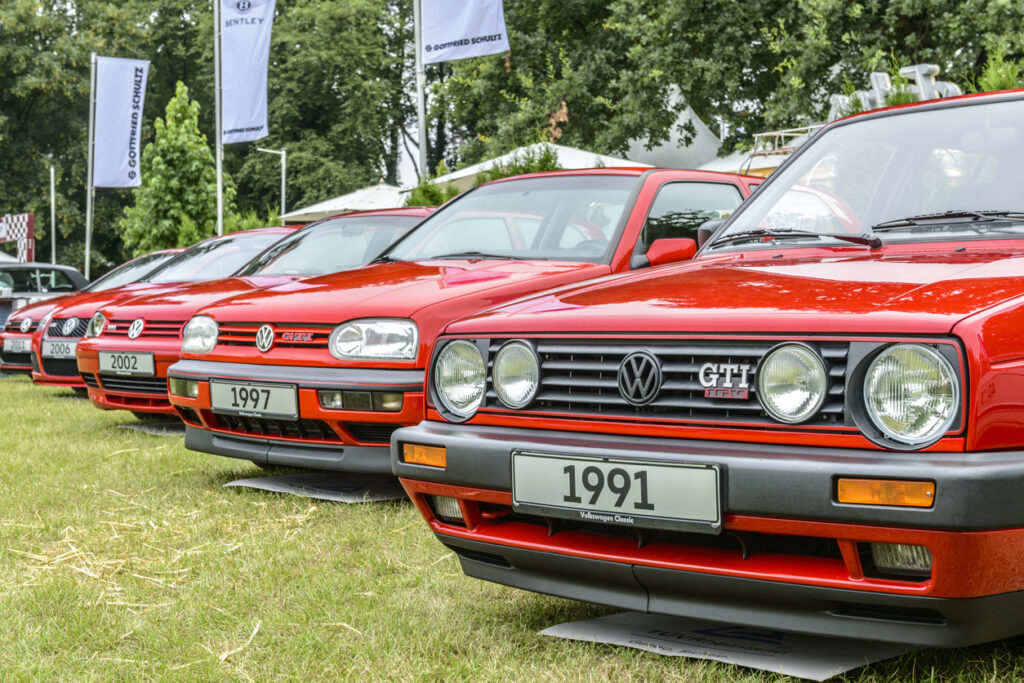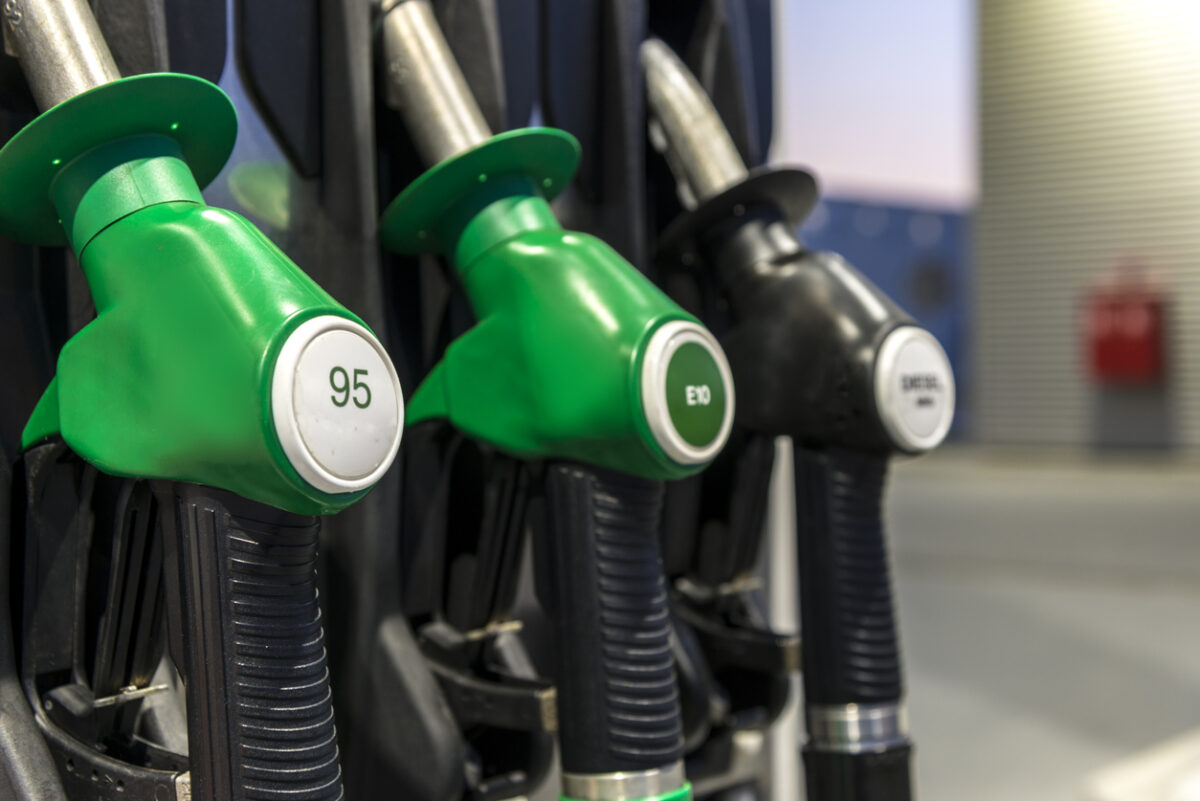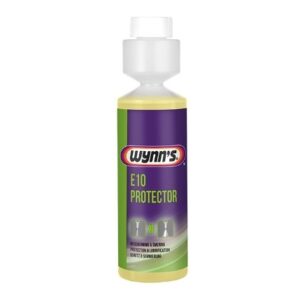Our petrol engine cars have been powered by unleaded fuel since 1988, but in recent years there’s been movement to create more environmentally-friendly alternatives. This has meant an increase in hybrid and electric cars, but it’s also encouraged the development of a new bio-fuel, called E10. Join us to find out more about the newest arrival to our petrol stations.
What is E10 Fuel?
E10 fuel was introduced in the UK in September 2021. E10 is a biofuel, which is created from a blend of petrol and ethanol, and its name stems from the ratio of its two components: 90% unleaded to 10% renewable ethanol.
Ethanol is an alcohol-based fuel produced by fermenting plants, such as grains, sugarcane and their bi-products, which absorb CO2 emissions as they grow. This means that it can provider a greener alternative to the petrol that’s been pumped into our cars for decades. E10 builds on the standard unleaded fuel construction, E5, which already contains up to 5% of ethanol.
What are the benefits of E10 Fuel?
The whole thought process behind the introduction of E10 fuel is to create a more environmentally-friendly everyday fuel that reduces CO2 emissions by using fewer fossil fuels.
Using higher levels of ethanol in petrol is a move which will help the UK hit its target of becoming carbon neutral in 2050. If we make the switch to E10, it’s estimated that the UK could cut 750,000 tonnes of CO2 a year -the equivalent of removing 350,000 cars from our roads. Meanwhile, E10 will also provide a boost to the nation’s biofuel industry, due to the renewed quantity of crops that need to be refined in the UK.
Can E10 Fuel be used in all cars?
Due to the fact that E10 fuel is a recent development, it’s not suitable for every type of car on our roads. The government estimate that around 95% of cars are compatible with E10, but it’s still thought that around 600,000 cars in the UK cannot use the biofuel.
A major factor that surrounds this issue is the age of the car. E10 began being used as a biofuel in other parts of the world before it was launched in the UK, and as a result, all new cars from 2011 onwards are guaranteed to be E10 compatible. Some cars produced before then can use E10, but this is dependent on the make and model. With this in mind, we recommend finding out whether it’s appropriate for your car by using the government’s E10 vehicle checker.

Can I use E10 if I have a classic car?
Guidance suggests that if your car was produced before 2002, you shouldn’t fill it up with E10. In some instances, the government guide above may not provide specific information for your car, due to its age. This generally happens with cars that are older than 15 – 20 years. If this has happened to you while trying to get confirmation, you should look for an alternative fuel to E10.
There’s still an option on the market for cars that cannot use E10, with the Department for Transport (DfT) confirming that E5 will be available in the form of super-unleaded petrol. A spokesperson for the UK Petroleum Industry Association (UKPIA), stated that, “If an owner of a classic or cherished car is uncertain of their vehicle’s compatibility with petrol containing more the 5% ethanol and is unable to gain guidance from the vehicle manufacturer, they can avoid potential difficulties by using the super grade.”
Can E10 Fuel Damage Engines?
Using E10 fuel is not without its risks. It can cause potential damage to your engine, even if your car is compatible with this CO2 emission-reducing bio-fuel. This is due to ethanol being a hydroscopic agent, which means that it absorbs moisture from the air.
As the quantity of ethanol in E10 fuel is increased to 10%, the acidity levels in your petrol will be higher than before. As a result, E10 can corrode metals, plastics, rubber parts and seals, alongside potentially causing blockages in older engines and fuel systems. This may even cause component failure.
There have also been reports that using E10 can cause increases in fuel consumption, as it’s a less energy dense fuel. Meanwhile, switching to this fuel can also causing pinking (pre-detonation), which lowers the performance of a car
The best method of minimising the possibility of any side effects caused by E10, is using a specialist E10 protector. These can be used with all petrol engines and should be applied every time you stop for E10 fuel, with the best results achieved when you use it before refuelling.
This treatment acts as a shield to reduce the risk of expensive engine damage, cut friction and the wear of fuel system components. An E10 protector can also protect any fuel system components against corrosion, and provide lubrication to the whole fuel system, including its gaskets and seals.
It has the ability to counteract engine performance issues, and to improve fuel economy, while also stabilising fuel by preventing oxidation.
If you’re going to fill your tank up with this new biofuel, consider adding a protective layer to your engine. Here at Euro Car Parts, we stock more than 130,000 car parts for all makes and models, including petrol system protectors.



